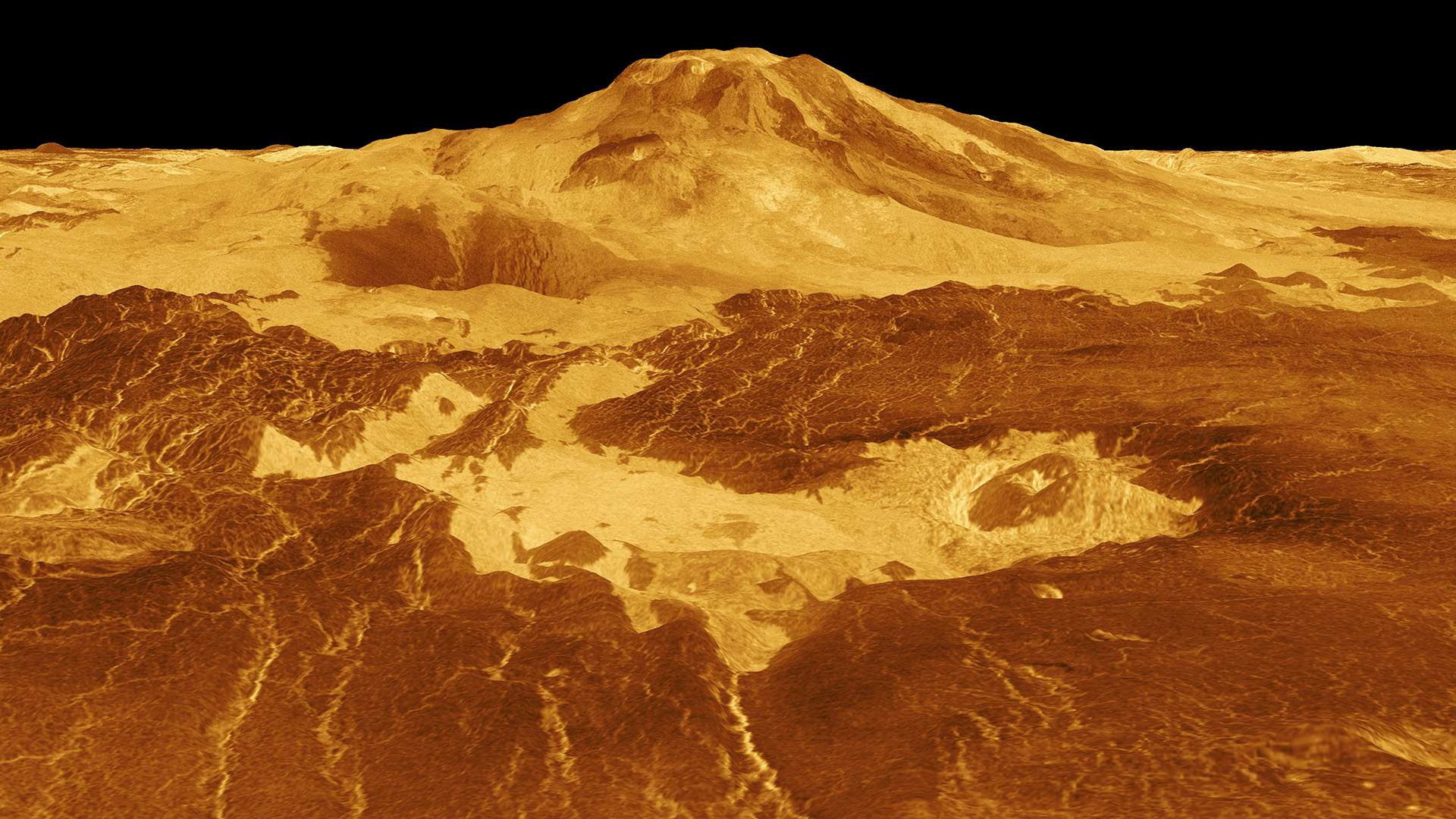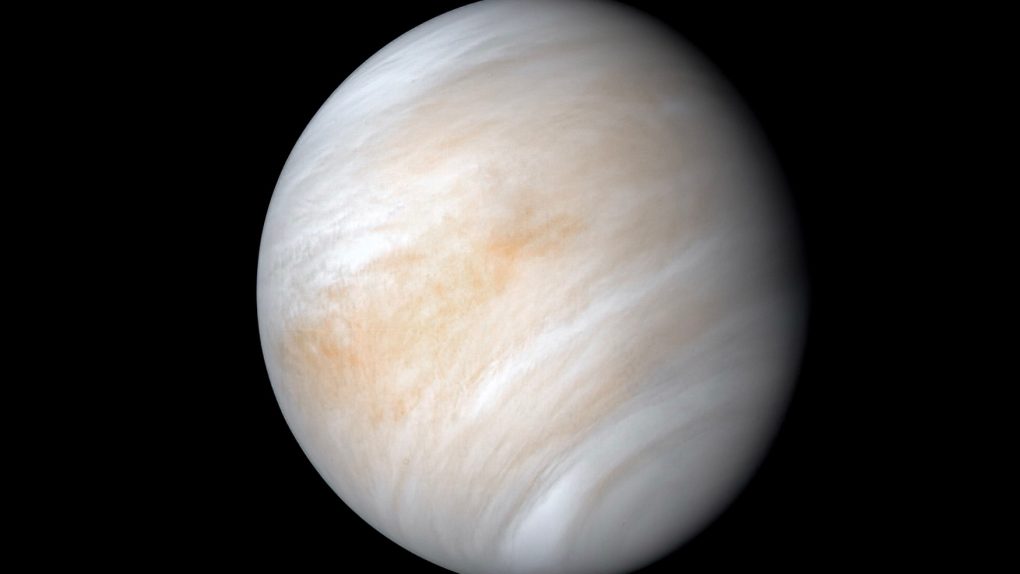Venus, often called Earth’s twin, is a hellscape of a planet ruled by surface temperatures ranging from 820 degrees to nearly 900 degrees Fahrenheit. Despite being hot enough to melt lead, a new study claims that Venus may have been covered in oceans that were quickly lost to the hell-like atmosphere we know today.
A new study published in Proceedings of the National Academy of Sciences claims that if Venus was ever habitable – a question many have asked over the decades – then it is likely that oceans once covered the planet similarly to how they cover Earth. The study also claims that these oceans would not have lasted long as the planet transformed into its current arid environment.
While scientists claim that oceans once existed on Venus, others seriously doubt that possibility. But, this new research looks deeper at the question. According to models of the history of Venus’ atmosphere, oceans on Venus could have potentially existed over three billion years ago. However, the rate of oxygen loss means that the oceans would have dried up very quickly.

Earlier in the solar system, the Sun was less powerful, making Venus more temperate. It was during this period that the existence of oceans on Venus could have been possible. However, as the Sun grew more powerful and Venus heated up, the atmosphere became thicker, creating more pressure.
Of course, this is just a possibility, and as the researcher notes, there is still no definitive proof that Venus was actually habitable all those years ago. What does create some confusion and bafflement here, though, is the fact that if oceans had existed on Venus all those years ago, where did the oxygen go?
Despite the atmosphere heating up and the surface temperatures increasing, any evaporating water would have left oxygen in the atmosphere — oxygen that shouldn’t have been able to leak out of Venus’ atmosphere. Because there is a lack of oxygen in the atmosphere, it seems unlikely that Venus ever had oceans covering its surface.
Some possibilities could have accounted for the oxygen vanishing, like it becoming bound in carbon dioxide from the volcanoes that line the Venusian surface. However, the scientists say this outcome is improbable. Another possibility is that the oxygen somehow leaked out of the atmosphere or was sequestered in oxidizable magma on the surface.
Unfortunately, it’s impossible to say exactly which is the truth, so we’ll need to wait for more spacecraft to study Venus and learn more properly. Did you know that the only photos of Venus’ surface were taken in the 1980s? Perhaps future missions will give us a better view of Earth’s closest neighboring planet.








